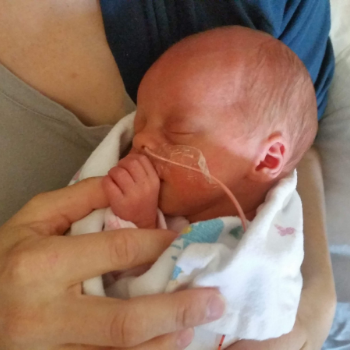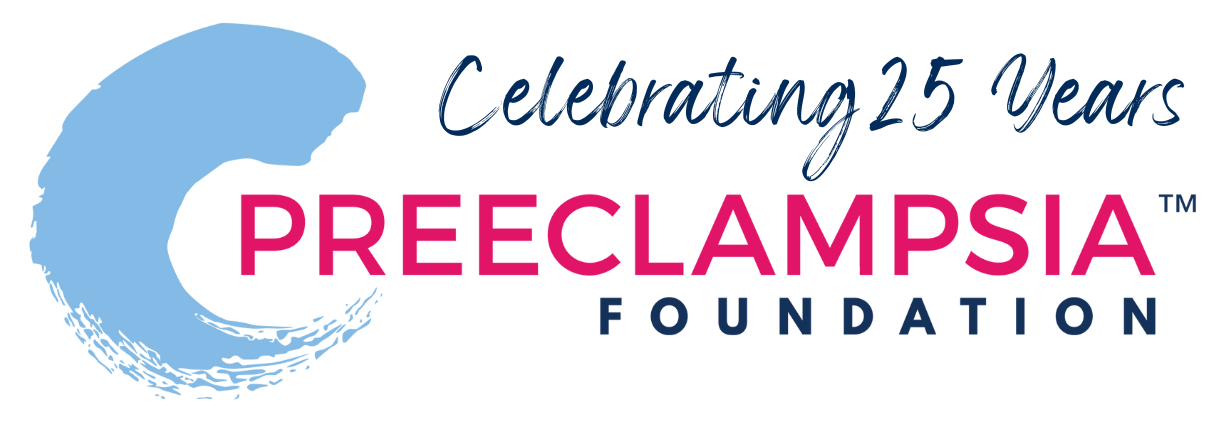
Getting it Right
December 07, 2020 By Elizabeth Swenson

There was absolutely no medical indication of elevated risk for me. I'm a white, educated woman who has given birth to 4 healthy babies with no incident, all with the same father. This pregnancy was planned and occurred 4 years after my last pregnancy. I was regularly exercising and entered my pregnancy at a healthy weight. However, it was a more difficult pregnancy than my others. I was more easily fatigued and had significantly more joint pain; I believed these were normal symptoms and to be expected since I was a bit older.
My blood pressure was elevated during my 6 month prenatal visit but still under 140, so no additional screening or action was taken. At month 7, my blood pressure was 145, so I was transferred from nurse midwife care to a MFM specialist. From there, I was screen twice weekly, participated in the delightful 24 urine catch, and had additional ultrasounds to screen for placental failure and to monitor the IUGR they were beginning to note in my baby. This period of increased screening lasted for a little over two weeks. Each time I visited, I was given the same set of symptoms to watch for: dizziness, headache, mental confusion, or spotty vision. So when all of these symptoms started at once, I immediately knew to call my husband, take my blood pressure, and head to the hospital.
When I arrived, they discovered protein in my urine and transferred my to a larger hospital with a NICU. I was placed on blood pressure controlling medications and magnesium sulfate and induced.
I delivered a 3 lb 8 oz baby girl early the next morning at 34 weeks gestation. It was a relatively healthy delivery, although I did suffer above average blood loss and required a D&C the following day to fully remove some retained placenta. Lucy was healthy and required 2 weeks of NICU care to learn how to eat and regulate her own body temperature, followed by frequent monitoring of her growth during her first year, since she had difficulty eating and growing properly.
But by and large, my story is one of what happens when everything goes right: I had the health literacy skills intact to notice when something was right; I had a healthcare team that worked quickly, took warning signs seriously, and made sure I knew worrisome symptoms. I was also counseled post partum about my elevated risk of developing preeclampsia during a subsequent pregnancy and encouraged to note my history of preeclampsia to future providers since it elevated my risk of developing chronic hypertension or heart disease moving forward.
I am confident that I am alive with a healthy 5 year old daughter today because I was surrounded by people who knew what to do and did it well. It frightens me to think of less privileged or educated women facing similar health crises without the rigorous support network I enjoyed.
- Times Two September 08, 2025
- MY'Kel My Angel Baby September 08, 2025
- Post Partum Eclampsia September 08, 2025
- Didn’t See That Coming September 08, 2025
- My Story September 08, 2025
- Olivia’s Story September 08, 2025
- Always Fight For Your Care August 28, 2025
- From Ignored To Surviving August 28, 2025
- Early Detection July 31, 2025
- Postpartum Eclampsia Nearly Took My Life—now It’s Helping Me Save My Daughter’s July 31, 2025
